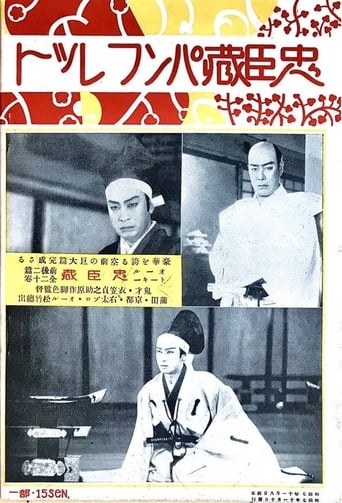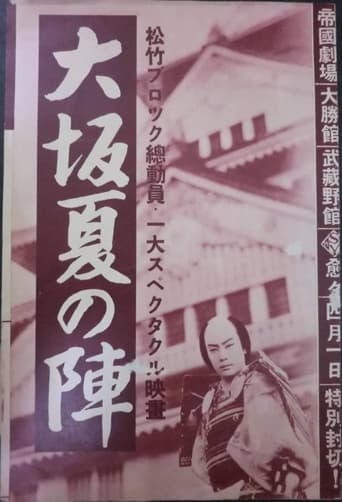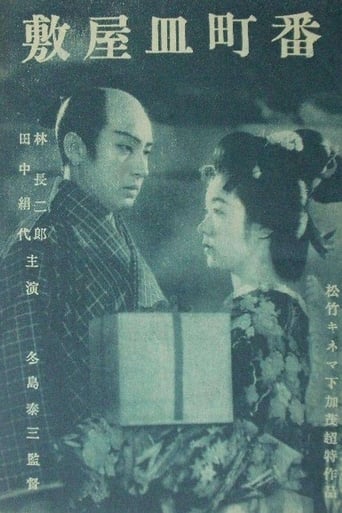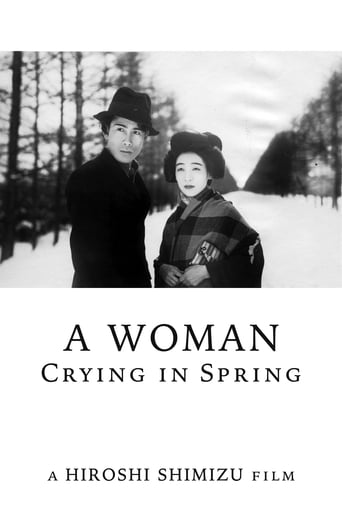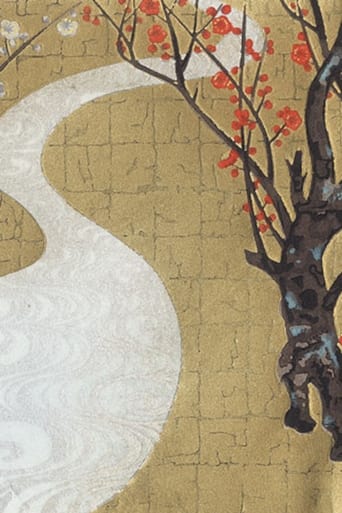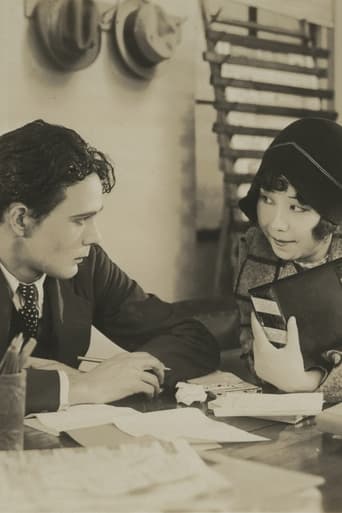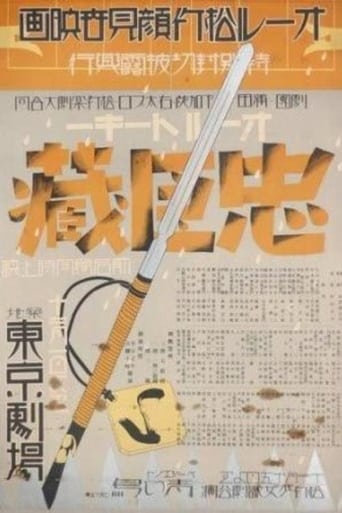Shochiku Kinema (Kamata)
Tengoku ni musubu koi 1932
Based on the Sakatayama double suicide
Moth-eaten Spring 1932
Directed by Mikio Naruse. It is presumed to be lost.
Chocolate Girl 1932
Directed by Mikio Naruse. It is presumed to be lost.
The Siege of Osaka 1937
The Siege of Osaka
The Village Bride 1928
Karabotan 1926
Banchō sarayashiki 1937
short film about Banchō Sarayashiki.
A Woman Crying in Spring 1933
Kenji and Chuko travel to Hokkaido as migrant workers and enlist as miners under the strict leadership of Guzuyasu. On the boat journey to Hokkaido, Kenji attracts Ohama, who is travelling to Hokkaido to open a bar. When Kenji visits the bar, he chases away a sailor who was hassling a shy girl, Ofuji, which makes Ohama jealous.
Silver Stream 1931
Michiko gets pregnant after a rape. She marries a boring business partner of her father to avoid the shame. Later she meets the rapist again who is now a union leader in opposition of her husband.
A Man with a Married Woman's Hairdo 1933
Directed by Mikio Naruse. It is presumed to be lost.
Sôbô 1933
Directed by Mikio Naruse. It is presumed to be lost.
The Layabout and Seabathing 1933
The seventh film in the popular series starring the Yotamono trio (Mitsui, Abe and Isono). Summer came and the three of them decided to open a store on the beach to get rich...
Love and Power 1930
Directed by Mikio Naruse. It is presumed to be lost.
Youth, Why Do You Cry? 1930
A modern girl suddenly intrudes into a widower's family home.
Karakuri musume 1927
The Loyal 47 Ronin 1932
This 1932 adaptation is the earliest sound version of the ever-popular and much-filmed Chushingura story of the loyal 47 retainers who avenged their feudal lord after he was obliged to commit hara-kiri due to the machinations of a villainous courtier. As the first sound version of the classic narrative, the film was something of an event, and employed a stellar cast, who give a roster of memorable performances. Director Teinosuke Kinugasa was primarily a specialist in jidai-geki (period films), such as the internationally celebrated Gate of Hell (Jigokumon, 1953), and although he is now most famous as the maker of the avant-garde silent films A Page of Madness (Kurutta ichipeji, 1926) and Crossroads (Jujiro, 1928), Chushingura is in fact more typical of his output than those experimental works. The film ranked third in that year’s Kinema Junpo critics’ poll, and Joseph Anderson and Donald Richie noted that 'not only the sound but the quick cutting was admired by many critics.
